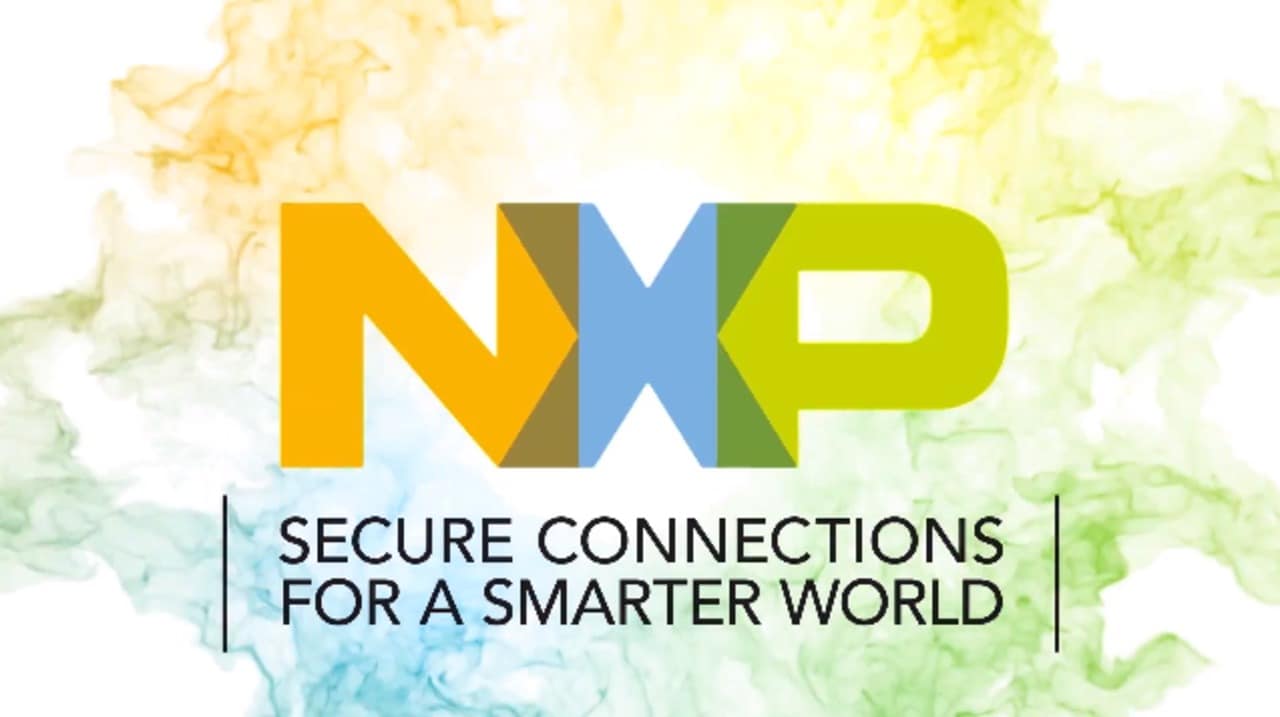P1010 and P1014 devices are "Not recommended for new designs", please use the replacement families Power Architecture (T1013, T1023),
Arm Architecture (LS1012A, LS1023A).
The QorIQ® P1010 and P1014 communications processors expand QorIQ performance into cost- and power-sensitive applications. Based on 45 nm technology, the processors provide performance up to 1000 MHz and power dissipation as low as 1.1 watts, along with extensive integration and a rich set of interfaces that target cost-sensitive endpoint applications such as:
- IP Camera
- Industrial Robot
- Wireless LAN (WLAN) Access Point
- Network Attached Storage
- Printing and Imaging
- Router


